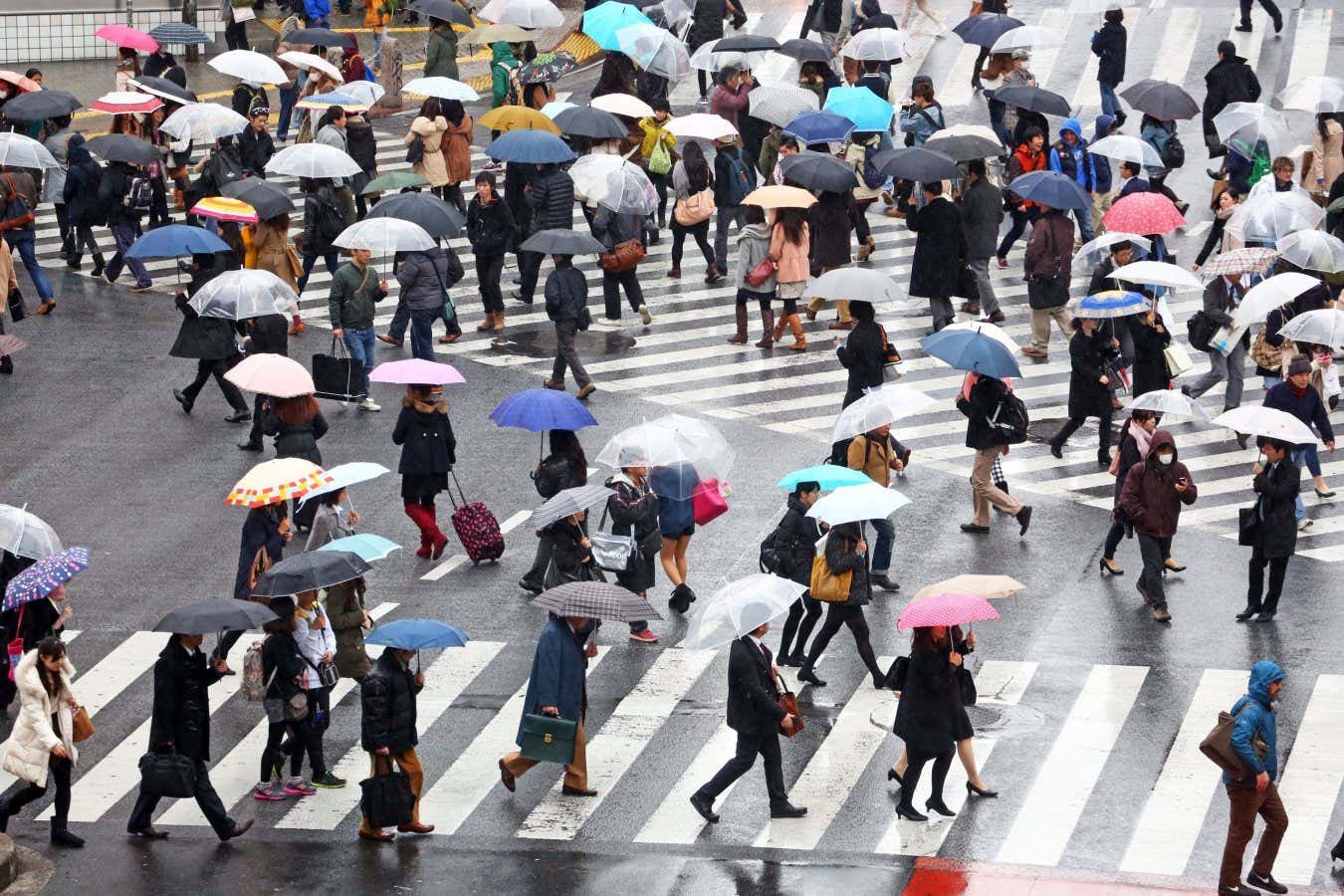
Some cities receive more rain than their surroundings
Paul Brown / Alamy
Urban environments influence the weather, causing many cities around the world to receive more rain than their surrounding areas. The finding could one day inform how cities are built.
“Just like the way you have an urban heat island, you have an urban rainfall effect,” says Dev Niyogi at the University of Texas at Austin.
He and his colleagues looked at satellite data on rainfall between 2001 and 2020 in 1056 cities and nearby rural areas across different climate regions. They found that more than 60 per cent of cities were “wet islands” that saw more rain than surrounding areas, while some other cities were “dry islands” with the opposite pattern. For example, Ho Chi Minh City and Sydney were among the wettest anomalies, each with over 100 millimetres more rainfall than their surroundings per year. Seattle and Rio de Janeiro were among the 10 driest.
While individual cities were previously known to influence rainfall, Niyogi says this study is the first to show that this is a global pattern. “We need to look at rainfall and the city as interacting,” he says.
Cities can boost or suppress rainfall in several ways. Heat absorbed by asphalt and buildings can cause updrafts that help rain clouds to form. The “roughness” of buildings can slow weather systems so they rain over urban areas for longer. Air pollution can seed clouds, although it can also suppress precipitation by cooling the air. Paved surfaces with little vegetation can reduce evaporation, leading to less moisture in the air.
The influence of these factors varies based on the size and location of cities. The researchers found that larger, more populous cities were more likely to be wet islands, for instance. Cities in temperate, tropical and coastal regions tended to have the largest anomalies, while those in mountainous areas generally had less influence.
The researchers also found the average difference between wet islands and their surroundings almost doubled over the period they studied, from 37 to 62 millimetres more rainfall per year, while the dry anomalies didn’t change. Niyogi says this is because of rapid urbanisation combined with warming temperatures due to climate change, which increase the overall amount of water vapour in the air.
Current weather and climate models don’t explicitly account for the influence of cities on rain. But Niyogi says it may eventually be possible for city planners to consider how their decisions affect rainfall. For instance, wet cities vulnerable to flooding could take steps to suppress it, while dry cities might build in ways that boost the rain.
Topics:













Leave a Reply